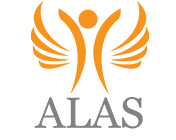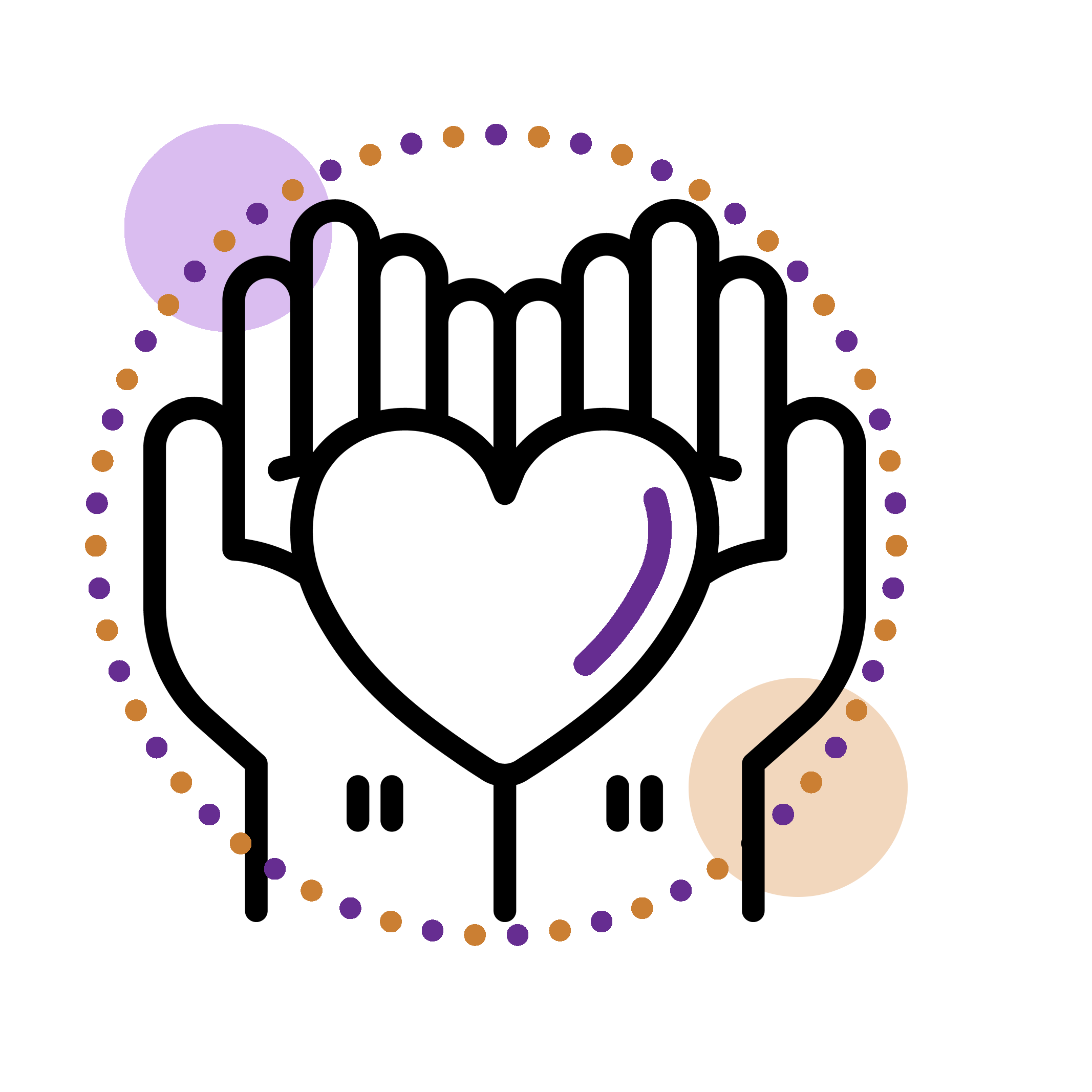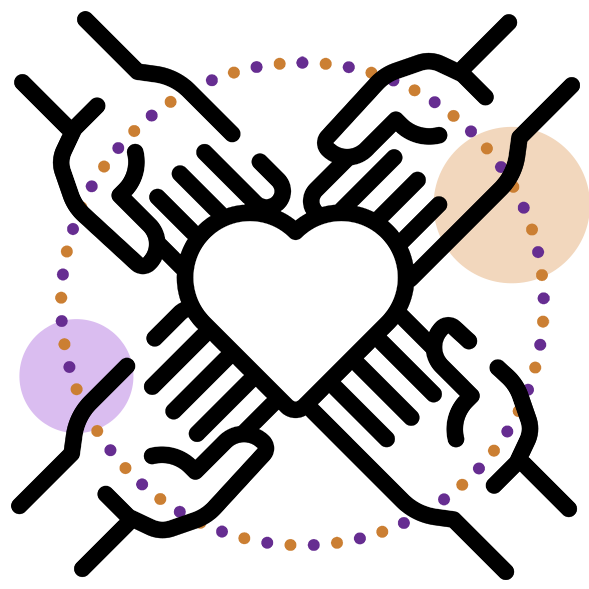Services & Programs
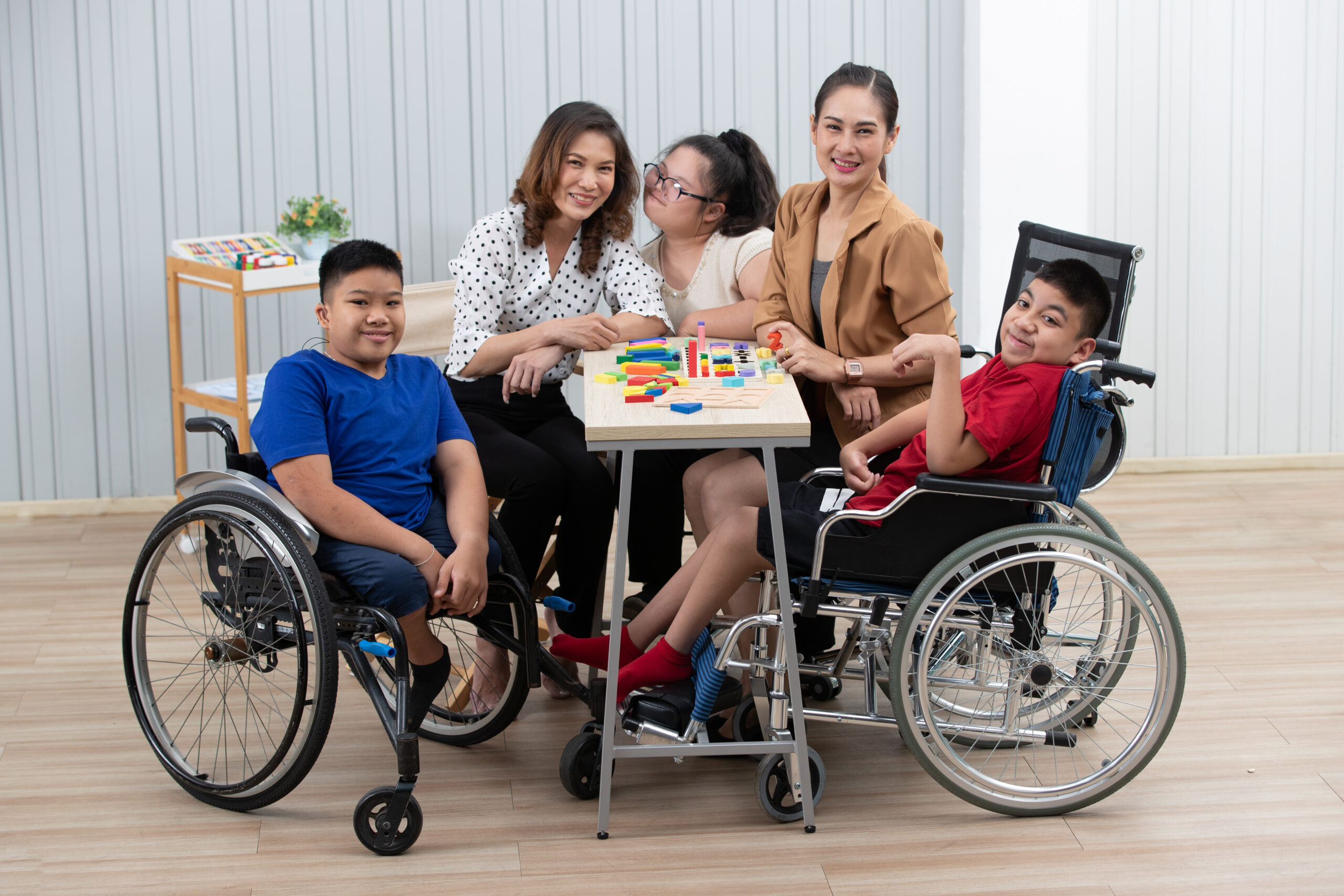
Family Training Workshops
ALAS offers a variety of free in-person and virtual learning opportunities every month. Some of the learning topics include:
- Parent IEP Training
- CLTS, ADRC, IRIS/Family Care Resources and Information
- Information and Referrals of other Organizations in the Community
- Elementary, Middle and High School Transition
- Guardianship & Less Restrictive Alternatives to Guardianship Training
- And so many more!
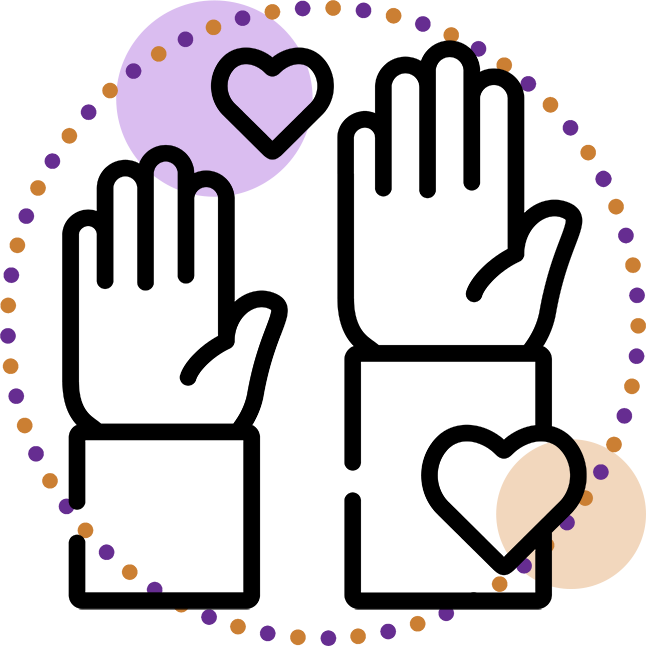
Leadership Training Workshops
These workshops allow parents to become involved leaders in bettering the systems that are available for children and adults with disabilities. Families come together to learn from experts as well as learn from one another on how to foster leadership skills and how to utilize them effectively.


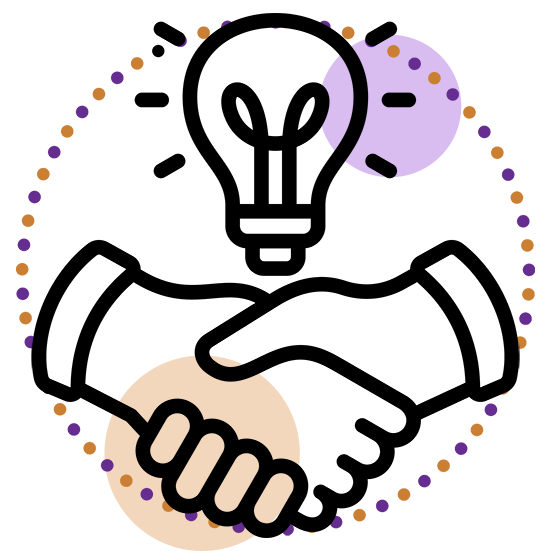
Home-School Community Education Forums
ALAS partners with MPS and other community organizations to organize several Special Education Family Forums. Some of those include, Celebrating Abilities and Foro Latino.
ALAS staff also participates in many school and community resource fairs throughout the year to provide information on the ALAS organization and how parents can get involved.
Statewide Conferences
Held several times a year are statewide conferences that ALAS families are invited to participate in. These annual conferences are for families who have children, teens and adults with disabilities and the professionals who support them. Some of them include:
Circle of Life Conference
This year’s theme is building community. This includes learning strategies to build a community, as well as programs and services that support families to create an inclusive community for children, teens and adult family members with disabilities.
Self Determination Conference
Self determination means taking control of your life. Learn how to live more independently, participate more in your community, and direct your public funds efficiently.
Disability Advocacy Day
A day-long event focused on connecting Self-Advocates with their legislators to talk about issues that matter to them.
